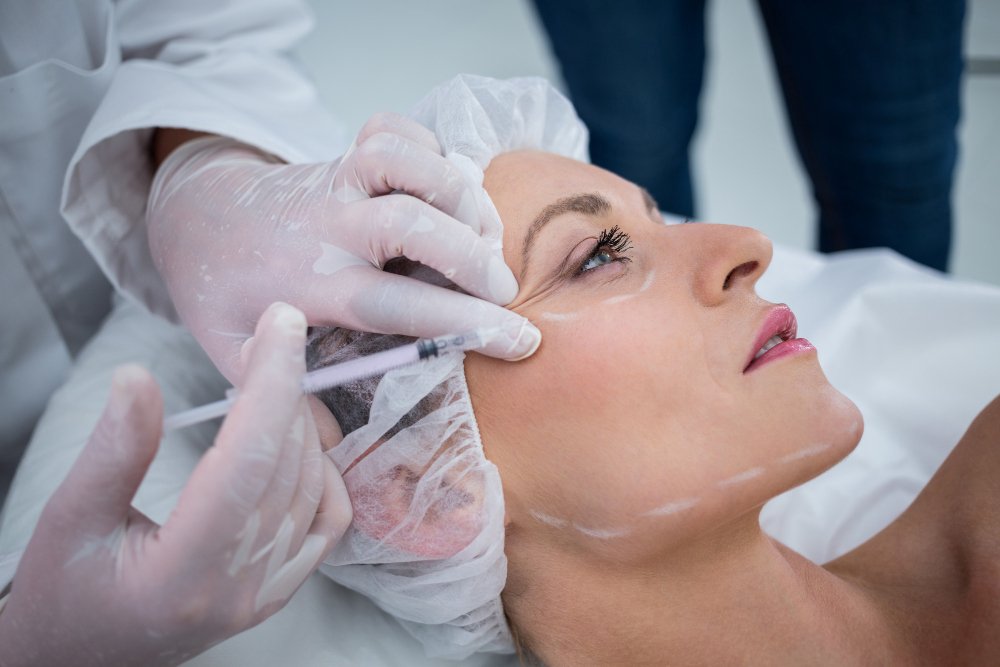Treatment Overview
Cosmetic Canthoplasty is an advanced eyelid surgery that reshapes the lateral canthus (outer corner of the eye) to enhance eye shape, size, and overall balance. Unlike canthopexy, which only tightens the eyelid, cosmetic canthoplasty involves making precise incisions to reposition and lengthen the eye horizontally or vertically. In Korea, this surgery is highly popular for achieving bigger, more defined, and naturally youthful-looking eyes, often tailored to suit both Western and Asian aesthetics.
Purpose & Benefits
- Enlarges and reshapes the eyes for a brighter, more attractive look
- Corrects downward-slanting or tired-looking eyes
- Provides a permanent eye shape enhancement
- Can make the eyes appear longer and more open
- Restores youthful harmony between the upper and lower eyelids
- Often combined with double eyelid or epicanthoplasty for full eye rejuvenation
Ideal Candidates
- Individuals who want larger, more defined eyes
- Patients with naturally small or narrow eyes
- People with downward-slanting eyes seeking a lifted look
- Those with asymmetry or disproportion in eye shape
- Adults seeking long-lasting cosmetic enhancement around the eyes
Possible Risks & Complications
As with any eyelid surgery, risks may include:
- Temporary swelling and bruising
- Asymmetry between the eyes
- Scarring at the outer corner (rare with Korean techniques)
- Overcorrection or unnatural shape if not carefully performed
- Dryness or irritation during the healing process
Surgical Techniques Used
- Lateral Canthoplasty: Lengthens and opens the eye horizontally by repositioning the outer canthus.
- Canthal Angle Repositioning: Adjusts the angle for a more lifted or balanced eye appearance.
- Combined Eye Enlargement Surgery: Often paired with epicanthoplasty or double eyelid surgery for optimal results.
- Korean Micro-Incision Technique: Uses fine incisions and advanced suturing to ensure minimal scarring and natural results.
Recovery & Aftercare
- Initial swelling and bruising last about 1–2 weeks
- Stitches removed within 5–7 days (if external sutures are used)
- Most patients return to daily activities after 7–10 days
- Eye makeup should be avoided for 2 weeks
- Follow-up visits ensure proper healing and eye symmetry
- Cold compresses and prescribed ointments help reduce swelling
Results & Longevity
- Eyes appear bigger, brighter, and more youthful
- Permanent improvement in eye shape and definition
- Creates more balanced facial proportions
- Korean surgical precision ensures natural, scar-free results
- Enhancements last long-term, although natural aging continues
Treatment Process in Korea
Korea is globally recognized for Cosmetic Canthoplasty due to:
- High Volume of Expertise: Korean surgeons perform thousands of eye surgeries annually, refining their precision.
- Natural-Looking Outcomes: Emphasis on harmony with facial features rather than exaggerated results.
- Cutting-Edge Microsurgical Tools: Minimize scarring and enhance recovery speed.
- Combination Approach: Canthoplasty is often paired with double eyelid or fat repositioning surgeries.
- Medical Tourism Hub: Clinics in Seoul offer English-speaking services, concierge care, and specialized recovery programs for international patients.
Cost Range
The cost of Cosmetic Canthoplasty in Korea typically ranges from:
- ₩3,000,000 – ₩6,000,000 KRW (approx. $2,200 – $4,400 USD)
Cost varies depending on: - Surgeon’s expertise and clinic reputation
- Whether it is a standalone or combination procedure
- Complexity of correction required
- Aftercare and revision guarantee policies
Popular Clinics
Top clinics in Seoul for Cosmetic Canthoplasty include:
- ID Hospital
- Banobagi Plastic Surgery
- Dream Medical Group
- TL Plastic Surgery
- JK Plastic Surgery Center
- View Plastic Surgery
- Regen Plastic Surgery
- The PLUS Plastic Surgery
- Migo Plastic Surgery
- Wonjin Beauty Medical Group




